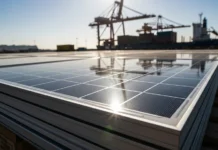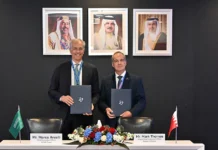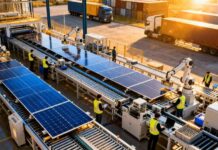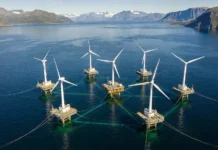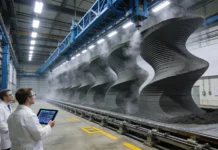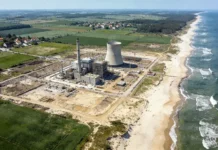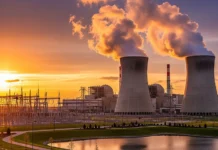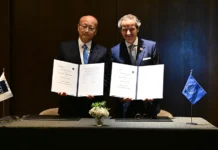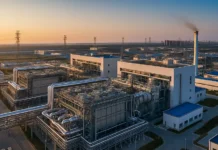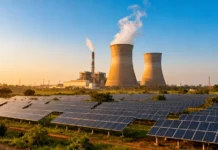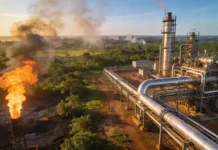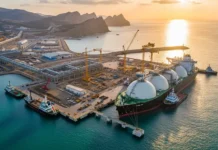Brazil’s nascent solar industry may finally have found the Green Knight it needs to develop domestic cradle-to-grave manufacturing capability that can supply the country’s growing demand: Itaipu, the world’s largest hydroelectric generator.
“So yes, we will be able to say that Brazil will become a part of the global geopolitics of photovoltaic solar energy.” — Cícero Bley, Superintendent of Renewable Energy, Itaipu Binacional
Itaipu Binacional, the federal operating company of the generating unit, is proposing to begin with silica refining and then foster the establishment of all the follow-on manufacturing stages to yield solar panels at a scale of close to 700 MW per year. The monumental undertaking, projected in Brazilian reports to cost between 700 million and 1 billion Euros, is being called Silício Verde, or the Green Silicon project.
In early November, Itaipu — along with the Sistema Federação das Indústrias do Estado do Paraná (FIEP) (the Parana state industry federation) and the Serviço Nacional de Aprendizagem Industrial (Senai) (the national industrial training service) — contracted with the southwestern German industry association Solar Cluster and three research institutes in Baden-Württemberg state to perform an in-depth feasibility study of the project.
The study will also include recommendations for the formation of a public-private-partnership that can bring private equity into the financing of Green Silicon. Reinaldo Tockus, the executive coordinator of the project, said the study should be completed within six months.
Previously, Centrotherm, based in Blaubeuren, Baden-Württemberg, consulted with Itaipu on solar processing technology and equipment. Itaipu is said to have been developing the solar project for several years.
“So yes, we will be able to say that Brazil will become a part of the global geopolitics of photovoltaic solar energy,” said Cícero Bley, the superintendent of renewable energy at Itaipu Binacional. Brazil recently held the first federal auctions for solar energy plants, awarding 890 MW with a deadline for energy delivery in October 2017.
Solar Cluster member organizations Fraunhofer IPA, Fraunhofer ISE and the Zentrum für Sonnenenergie- und Wasserstoff-Forschung Baden-Württemberg (ZSW) — the Center for Solar Energy and Hydrogen Research — also will be involved in the study, which is expected in mid-2015. ZSW is investigating the potential of the Brazilian and global markets and how the development of a local photovoltaic infrastructure would affect employment and value creation in the region. Fraunhofer ISE is responsible for silicon photovoltaics, the solar cell manufacturing process and advanced training. Fraunhofer IPA, a research institute for production engineering and automation, is analyzing the supply chain infrastructure, economic feasibility and environmental sustainability of the proposed project.
Itaipu Binacional, which cost $27 billion to build, is located on the Parana River between the banks of Paraguay and Brazil, in the state of Parana. The facility has 14,000 MW of installed generation capacity, which supplies 17 percent of the energy consumed in Brazil and 75 percent of the Paraguayan demand. Last year Itaipu generated 98.6 TWh, setting a new world record for energy production.
The first stage in the planned Green Silicon complex would be a silica refinery that could process up to 18,000 metric tons of silica, sufficient to yield 636 MW of solar panels per year, Itaipu officials interviewed in local press indicated. Brazil is one of the world’s largest exporters of silica. Itaipu would provide the energy for the refinery and provide the use of buildings at the site that were erected during its construction almost 40 years ago.



